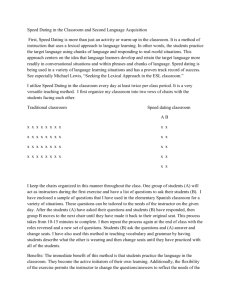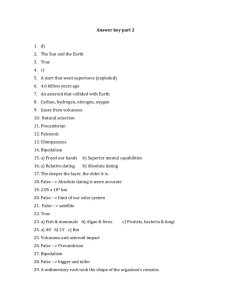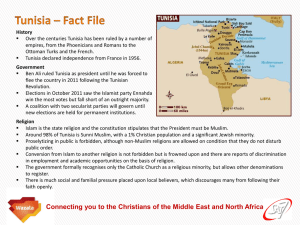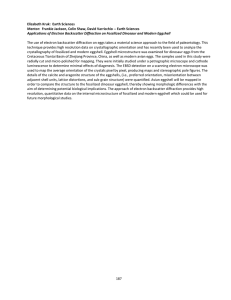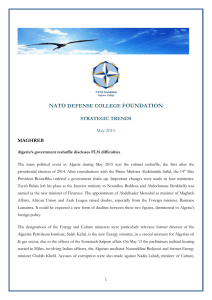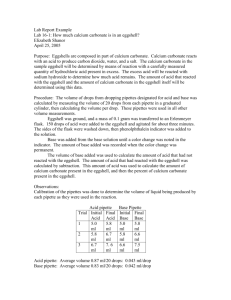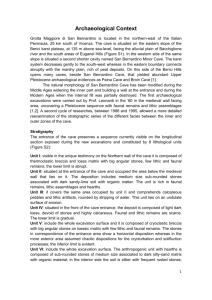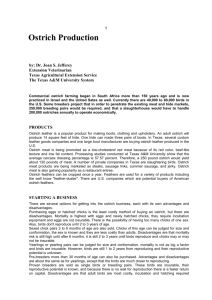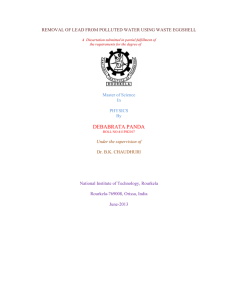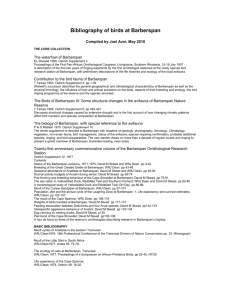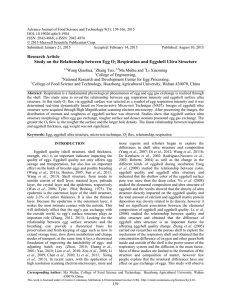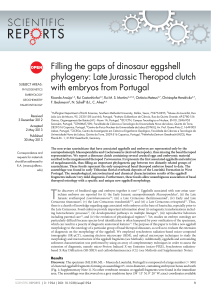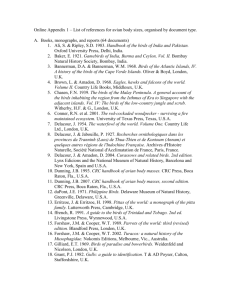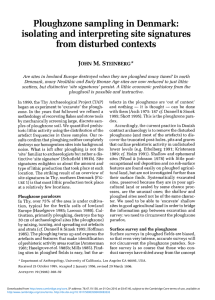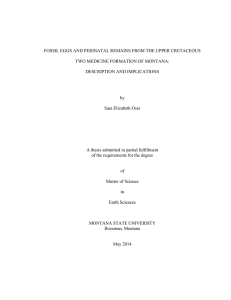here
advertisement
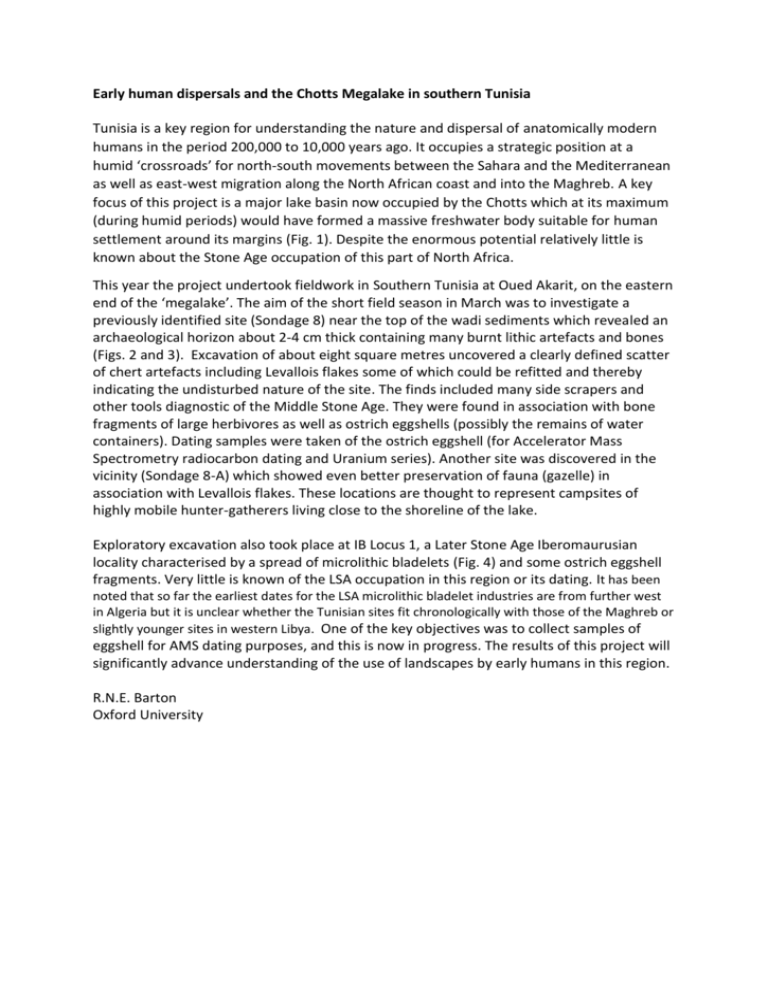
Early human dispersals and the Chotts Megalake in southern Tunisia Tunisia is a key region for understanding the nature and dispersal of anatomically modern humans in the period 200,000 to 10,000 years ago. It occupies a strategic position at a humid ‘crossroads’ for north-south movements between the Sahara and the Mediterranean as well as east-west migration along the North African coast and into the Maghreb. A key focus of this project is a major lake basin now occupied by the Chotts which at its maximum (during humid periods) would have formed a massive freshwater body suitable for human settlement around its margins (Fig. 1). Despite the enormous potential relatively little is known about the Stone Age occupation of this part of North Africa. This year the project undertook fieldwork in Southern Tunisia at Oued Akarit, on the eastern end of the ‘megalake’. The aim of the short field season in March was to investigate a previously identified site (Sondage 8) near the top of the wadi sediments which revealed an archaeological horizon about 2-4 cm thick containing many burnt lithic artefacts and bones (Figs. 2 and 3). Excavation of about eight square metres uncovered a clearly defined scatter of chert artefacts including Levallois flakes some of which could be refitted and thereby indicating the undisturbed nature of the site. The finds included many side scrapers and other tools diagnostic of the Middle Stone Age. They were found in association with bone fragments of large herbivores as well as ostrich eggshells (possibly the remains of water containers). Dating samples were taken of the ostrich eggshell (for Accelerator Mass Spectrometry radiocarbon dating and Uranium series). Another site was discovered in the vicinity (Sondage 8-A) which showed even better preservation of fauna (gazelle) in association with Levallois flakes. These locations are thought to represent campsites of highly mobile hunter-gatherers living close to the shoreline of the lake. Exploratory excavation also took place at IB Locus 1, a Later Stone Age Iberomaurusian locality characterised by a spread of microlithic bladelets (Fig. 4) and some ostrich eggshell fragments. Very little is known of the LSA occupation in this region or its dating. It has been noted that so far the earliest dates for the LSA microlithic bladelet industries are from further west in Algeria but it is unclear whether the Tunisian sites fit chronologically with those of the Maghreb or slightly younger sites in western Libya. One of the key objectives was to collect samples of eggshell for AMS dating purposes, and this is now in progress. The results of this project will significantly advance understanding of the use of landscapes by early humans in this region. R.N.E. Barton Oxford University




